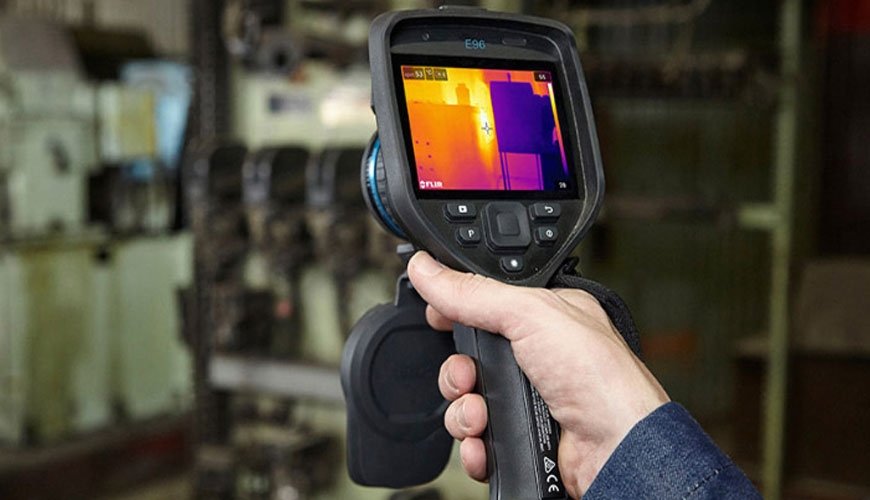

Infrared thermography is the process of using a thermal camera to detect radiation (heat) from an object, convert it to temperature, and obtain an image of its temperature distribution. The images of the detected temperature distribution are called thermograms and make it possible to see objects that are invisible to the naked eye, but produce heat. It is widely used in high accuracy and just-in-time maintenance and condition monitoring.

All objects above absolute zero emit thermal infrared energy, and a thermal imager can easily detect and display infrared wavelengths regardless of ambient light. For example, using night vision goggles to detect objects in the dark. Infrared thermography is widely used in a variety of industries and applications, including:
Infrared thermography, specific to facility maintenance and condition monitoring, is used in applications such as:
The primary purpose of infrared thermography is to verify normal machine operation and to detect abnormal heat patterns within a machine that indicate inefficiencies and defects. These devices are quite simple to use, but interpreting the data they produce is somewhat difficult. It is not only necessary to have a working knowledge of how infrared imagers work, but also to have a basic knowledge of radiometry and heat transfer processes.
In its most basic form, an infrared thermometer consists of a lens that focuses infrared thermal radiation onto a detector and converts the radiant energy into a color-coded signal. Infrared thermometers are designed to measure temperature remotely, eliminating the need for contact with the object being measured. The three most common types of infrared thermometers used today are:
Infrared thermography is a valuable tool for condition monitoring and preventative maintenance. It not only detects thermal anomalies of machines, but allows it to be done in a non-intrusive and app-free manner while still getting results in real time.
Professionals typically use one of three methods when performing thermal inspections: comparative, baseline, and thermal trend. Determining which method to use depends on the type of equipment being tested and the type of data you want to see.
When using infrared thermography as a condition monitoring tool, it is necessary to define severity criteria. Importance criteria can be presented in two forms:
Importance criteria evolve over time with a body of data. It is best practice to develop severity criteria specific to each equipment group based on the equipment's design, operation, installation, maintenance characteristics, criticality, and failure modes.
Infrared thermography services are among the numerous test, measurement, analysis and evaluation studies given to businesses by our organization.
To get an appointment, to get more detailed information or to request an evaluation, you can ask us to fill in our form and reach you.